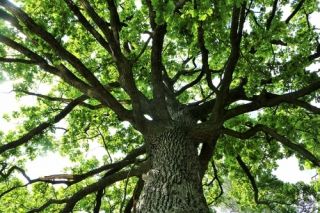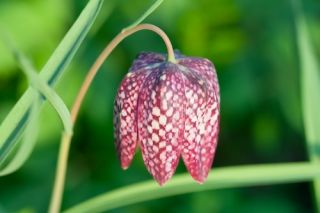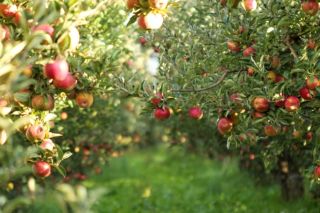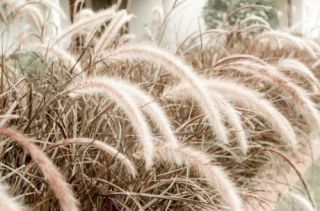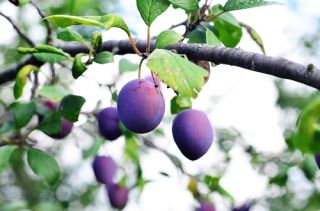
Now is the time to summer prune fruit – especially stone fruits like cherries and plums, as they can be prone to a fungal disease called silverleaf if pruned in winter, but also apples and pears.
Prune fruit
Summer pruning is a much lighter affair than the kind of pruning you do in winter, and is mostly about shaping your trees and encouraging fruit production next year. It’s worth giving all your fruit trees a summer once-over to make sure that they’re growing healthily and in the direction you want them to go.
The right kit is essential for this job, as poor pruning leads to disease and other problems further down the line. So make sure you’re armed with a pair of sharp secateurs, some loppers and a pruning saw: drop into the garden centre at Bitton and Warminster and we can advise you on the best quality models from our selection of top-of-the-range tools.
Your first job is to check the tree for any dead, damaged or diseased branches and take these out as cleanly as possible at the base. Next, remove water shoots – these are long, whippy, upright growths, often from a previous pruning cut – as well as any suckers appearing at the base of the tree.
Then find the leading shoots of each main branch, identifiable by their soft, sappy wood, and shorten them by a third to a half to encourage the production of fruiting sideshoots. Finish off by cutting back existing side shoots to leave three leaves of this year’s growth, always cutting to just above a bud, again to persuade the tree to concentrate on producing fruiting spurs rather than more vegetative growth. Your extra pruning session should ensure you have a healthier tree that doesn’t outgrow its boundaries and provides you with a bumper crop of delicious, juicy fruit next season.

